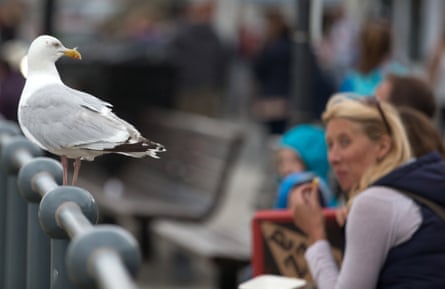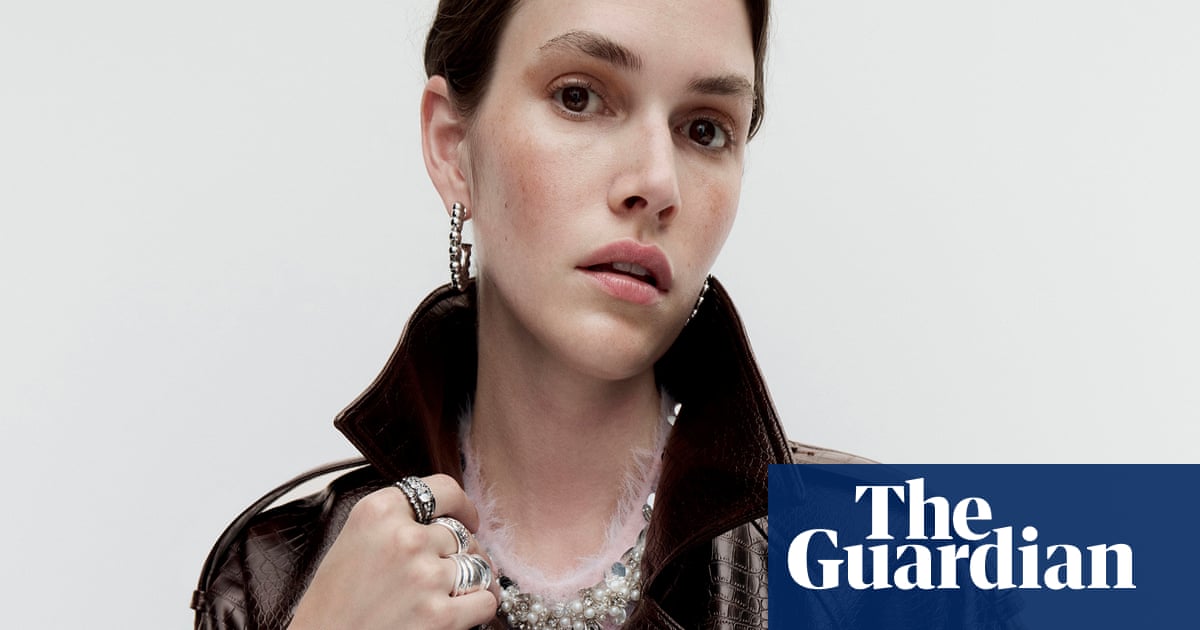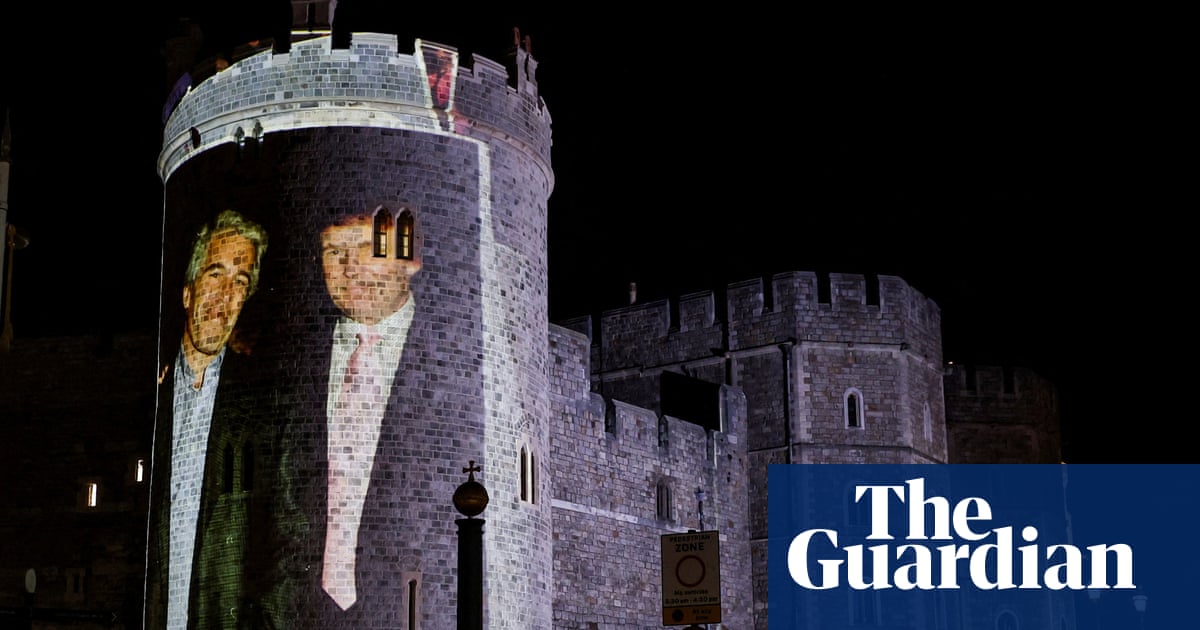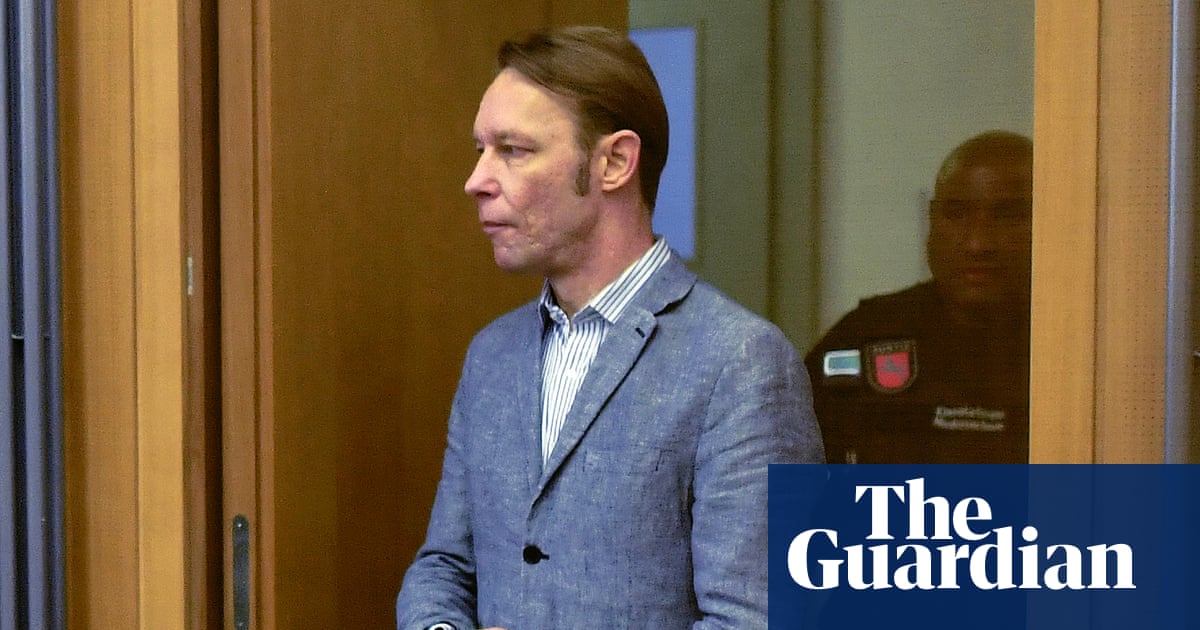At this year’s Cannes film festival, some unexpected hires joined the security detail at luxury hotel the Majestic. They were clad not in kevlar but in deep chestnut plumage, with wingspans up to four feet, talons for toes and meat-ripping ebony beaks. The new recruits were Harris hawks and their mission was clear: guard stars from the aerial menace of gulls daring to photobomb or snatch vol-au-vents.
This might sound like an extreme solution to a benign problem – after all, haven’t most of us lost sandwiches to swooping beaks and come out relatively unscathed? But as these notorious food pirates come ashore in growing numbers, cities around the world are increasingly grappling with how to manage them. Hiring hawks from local falconer Christophe Puzin was the Majestic’s answer to curbing gull-related incidents (such as Sophie Marceau’s 2011 wine-on-dress situation). But in metropolises such as New York, Rome, Amsterdam and London gulls are widely considered a menace, too, as they take up permanent residence on urban stoops.
Gulls seem to be louder than ever, which makes it easy to forget their status as seabirds in crisis. All of the more than 50 global species of gull are falling victim to fragmenting habitats under conflicting marine policy measures, devastating avian flu, and even brain damage and organ failure resulting from plastic ingestion. In the UK, this torrent of trouble has rendered many species of gull in decline.
Predator-free rooftops have enticed them from the waves since the 1940s and, broadly speaking, gulls have adapted well to their changing environment – even becoming effective urban seed dispersers. Lamp-posts have replaced cliff ledges, buildings are islands, landfill is rocky shore. One study found that gulls can recognise human routines, with their presence around schools tripling during mealtimes. Their adaptation – however bothersome it might be for us – has driven their survival. Perhaps acknowledging this could help us to live alongside them.
As we have no licence to either capture or kill these birds, introducing hawks as agents of natural gull control is one method of regulating human/gull interaction. Some councils have produced gull awareness campaigns, encouraging locals to report nesting and not to feed them. Others default to installing physical barriers, such as spokes and spikes, to discourage gulls’ resting sites. Such measures are expensive for local authorities and their effectiveness is inconclusive. Some councils, such as Carlisle, opt for a more covert approach, threatening gulls more gently in the form of hawk-like kites. In Exeter, Deliveroo trialled “repellent” audio tracks, broadcasting recorded falcon cries and gull distress calls to deter them. Researchers at the University of Exeter have also investigated the benefit of holding eye contact with a gull, in making them think twice about stealing food.
But such an array of anti-gull options perpetuates the patronising narrative of these animals as pests. The fact that gulls are thriving in cities points to our own ecological failures as a society. Global household waste is growing rapidly, most of which is thrown into landfill, where it is left to rot, releasing large amounts of methane – a greenhouse gas 80 times more harmful than carbon dioxide for 20 years after its release. We aren’t so much giving gulls an ocean eviction notice as we are begging for them to come inland, feeding their instinct to dive, rip and smash around us – one bin day at a time.

So what are urban gulls, if not a menace? Perhaps, in Cannes, they’re a message of timing. The film festival takes place in May, during gull breeding season (April to July). It is a period when gulls are loud and chaotic, their defensiveness spiking when hatching and fledging; and when food is visible, we’re baiting them with easy pickings. With broods to protect, reflexes are heightened.
It is easy to conflate gulls’ seasonal survival with year-round behaviour. On wilder shores, these periods of increased activity would unfold unnoticed. But we have altered ecological niches to make cities too tempting, deforming the instincts of species trying to adapt with acts of imagination and resilience.
As a long-living social species that has mastered feats of adaptation, gulls have much to teach us. And as they adapt to urban habitats, we must also learn to live alongside them. This offers us a chance to change the story, to shape the future of shared urban spaces. Spaces where festival organisers align with nature’s calendar, and the rhythms of life are respected. Spaces where waste is not just managed, but reimagined. Spaces where human impact is studied with intent, not ignorance. Spaces that would allow our relationship with the wild to mature so profoundly, conflict would become obsolete.
-
Sophie Pavelle is a writer and science communicator

.png) 3 months ago
87
3 months ago
87

















































